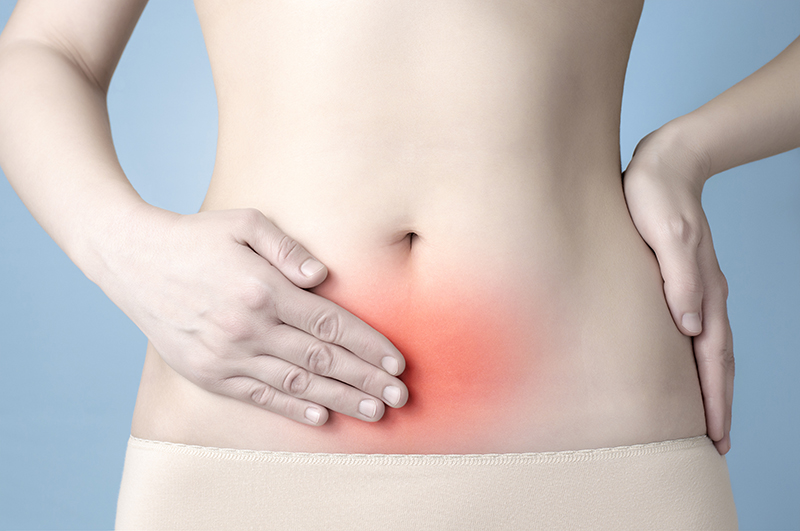Call us at: 314-205-6654
Uterine Fibroids
What they are: Benign (non-cancerous) growths within the wall of the uterus (or womb). They are also called uterine leiomyomas.
What they look like: Fibroids can grow as a single growth or in groups. Their size can vary from small, like an apple seed, to even larger than a grapefruit.

Cause: No one knows exactly what causes fibroids. Fibroids often run in families.
Symptoms: Most fibroids do not cause any symptoms. If they do cause symptoms, they are:
- Heavy bleeding or painful periods
- Spotting or bleeding between periods
- Feeling of fullness in the pelvic area (lower abdomen)
- Urinating often
- Pain during sex
- Lower back pain
- Reproductive problems like not being able to get pregnant, having more than one miscarriage, or having early onset of labor during pregnancy
Tests:
- Regular pelvic exam
- Tests that create a “picture” of the inside of your body to see if you have fibroids (ultrasound)
- Laparoscopy—surgery when your doctor places a small tube with a light inside your abdomen to see any fibroids
- Hysteroscopy—surgery when your doctor inserts a long tube with a camera into the vagina and directly into the uterus to see any fibroids
Treatment:
- Pain medicine
- Drugs that decrease the size of the fibroids or that stop or slow the growth of fibroids
- Surgery
- Shrinking the fibroids by placing a freezing agent on them
- Cutting off the blood supply to the uterus and the fibroids so they shrink (uterine artery embolization)
Are they cancer or could they become cancerous?
Although fibroids are sometimes called tumors, they are benign and do not cause cancer.
